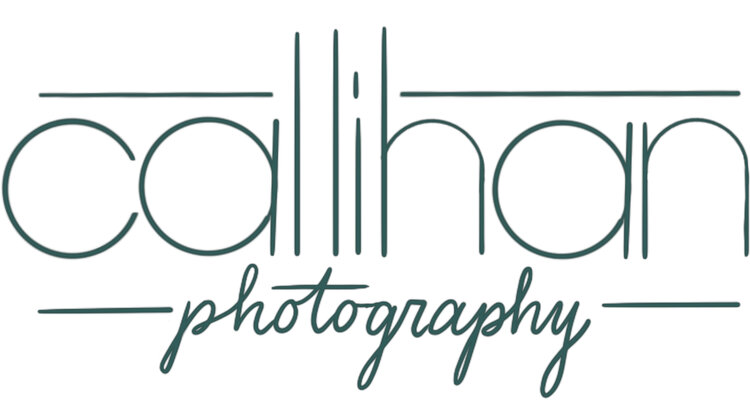Today we are going to explore some more stylistic types of lighting. Each one can be used for storytelling purposes and can flatter your subject with the exception of bottom lighting. Continue reading for my examples.
1. Broad lighting:
Broad lighting is where the side of the face closest to the camera is lit, and the other side is in shadow. This will result in a larger area of light highlighting the face and the shadow side will appear smaller. This is typically used with a subject who has a narrow face to make it appear wider. So, this type of lighting would not be appropriate for a heavier person who wishes to appear slimmer. To achieve broad lighting have your subject turn away from the light source.
Broad lighting
2. Short lighting:
Short lighting is the exact opposite of broad lighting. This will put the shadow on the side of the face closer to the camera, resulting in a slimmer look. This is very flattering for most people. To achieve short lighting have your subject turn their face towards your light source. I find myself using this type of lighting often for self-portraits.
Short Lighting
3. Lighting From Below:
This type of lighting is typically used for a more cinematic horror effect. This type of lighting is achieved by putting your light source below the face of your subject resulting in an eerie and unsettling look. Since we are always lit from above by the sun it is unnerving to see someone who is lit from below. Therefore, when you are telling ghost stories you always hold the flashlight under your chin. It gives you a spooky appearance. Watch out for this, and do not light your subjects this way unless you are intentionally doing it for horror purposes. I see this most unintentionally done with newborn lighting. Lighting your subject from below is usually never flattering. (Fun story, my sister visited a church where the pastor was lit this way giving himself a crypt keeper vibe. She found it to be distracting as I think most people would. So, a note to pastors and priests, make sure you are not lighting yourself this way from behind the pulpit. Your congregation will instinctively distrust you. HA!).
Bottom Lighting
4. Backlight:
Backlight is a photographers’ dream. It is best achieved by waiting for golden hour (an hour or so before sunset when the sun is low and directional). Backlighting is exactly how it sounds; the light source is coming from behind your subject. I like to shoot at a warmer white balance. Because your subject’s face is often in shadow, it will look cooler on camera. To compensate for this, I change my Kelvin setting to a higher warmer number. This is flattering for your subject since the light source is not directly in their eyes, they can open them. Backlight is often used by photographers and can be tricky but result in some interesting and beautiful pictures.
backlight
5. Rim Light:
This is my favorite type of lighting!!! This is where you can see a thin “rim” of light around your subject. It is technically a type of backlight, so you need your light source to be directional and behind your subject. You can see rim light better if you have a dark background behind your subject. You can use it to give your subject a silhouette or you can give them a more angelic look with light around their head. I love using this type of light as I find it really interesting and can make my subjects glow (so to speak).
rim light
I hope you all have found this helpful! Thanks for reading!





